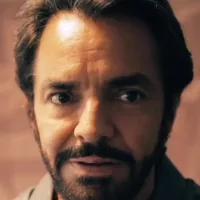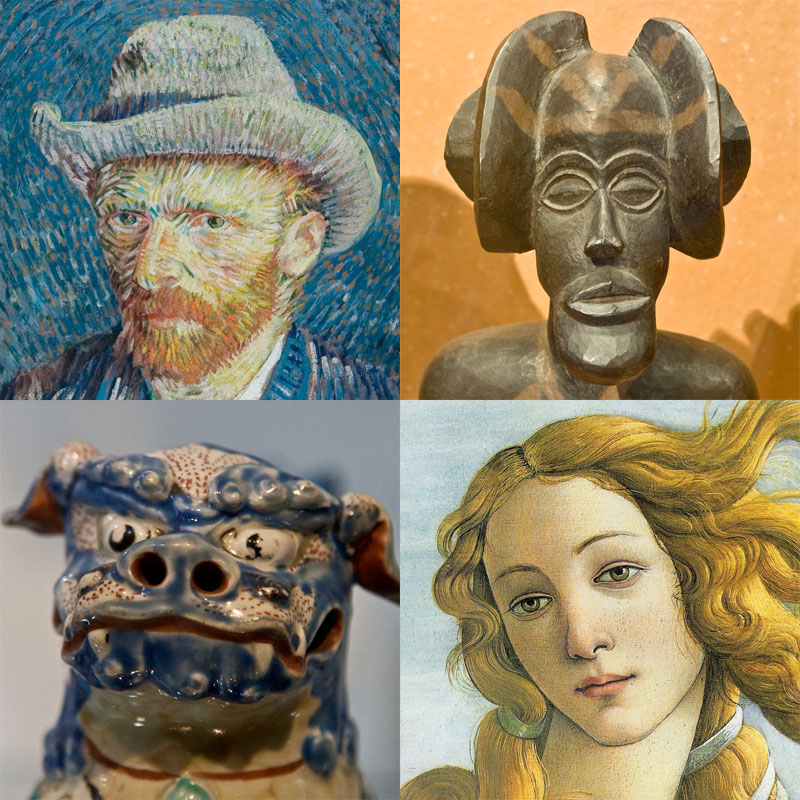1917: Marcel Duchamp's Fountain
In 1917, Marcel Duchamp created Fountain, a urinal that has achieved considerable prominence and influence on art.
1937: Picasso's Guernica
In 1937, Pablo Picasso created Guernica, utilizing cubist techniques and monochromatic oils to depict the devastating consequences of the bombing of a Basque town.
1946: Publication of "The Intentional Fallacy"
In 1946, William K. Wimsatt and Monroe Beardsley published "The Intentional Fallacy", arguing against the relevance of an author's intention in analyzing a literary work.
1960: Clement Greenberg's "Modernist Painting" article
In 1960, Clement Greenberg published "Modernist Painting", defining modern art as the use of characteristic methods of a discipline to criticize the discipline itself.
1970: Stanley Fish's "Literature in the Reader"
In 1970, Stanley Fish criticized Wimsatt and Beardsley in his essay "Literature in the Reader."
1970: Adorno's statement on the state of art
In 1970, Theodor W. Adorno stated that nothing concerning art could be taken for granted anymore, questioning art's definition, its relationship to the world, and even its right to exist.
1981: Leon Golub's Interrogation III
In 1981, Leon Golub created Interrogation III, depicting a hooded detainee and her tormentors.
1981: Mark Tansey created "The Innocent Eye"
In 1981, Mark Tansey created the artwork "The Innocent Eye" as a critique of the philosophical disagreements prevalent in the art world during the late 20th century.
1989: Andres Serrano's Piss Christ
In 1989, Andres Serrano created Piss Christ, a photograph of a crucifix submerged in urine, which sparked controversy and led to discussions in the United States Senate regarding public funding of the arts.
1998: Arthur Danto's thought experiment
In 1998, Arthur Danto suggested a thought experiment demonstrating that an artifact's status as art stems from cultural interpretations rather than inherent physical qualities.
April 2019: Karl von Habsburg's mission in Lebanon
In April 2019, during a mission in Lebanon, Karl von Habsburg explained the connection between the destruction of cultural property and the cause of flight.
Mentioned in this timeline
The United States of America is a federal republic located...
Lebanon is a country in the Levant region of West...
Fish are aquatic gill-bearing vertebrates characterized by fins a hard...
Flight encompasses the movement of an object through air or...
Trending

Eugenio Derbez is a highly successful Mexican actor and comedian renowned for his work in both Spanish and English language...

2 months ago Angela Bassett As Queen Ramonda Stuns At Vogue World 2025; Black Panther Tribute.

8 months ago Tesla Board Initiated CEO Search to Replace Elon Musk Amidst Leadership Concerns.

9 months ago Milo Manheim and Liz Gillies bond in Little Shop of Horrors, extend run.

1 month ago Alexander Skarsgård reminds Miriam Margolyes of their meeting; addresses sexuality question, states 'not really' gay.

2 months ago Jeremy Renner faces accusations of ICE threat and misconduct controversy in Hollywood.
Popular

Stranger Things created by the Duffer Brothers is a popular...

XXXTentacion born Jahseh Dwayne Ricardo Onfroy was a controversial yet...

Kelsey Grammer is an accomplished American actor producer and singer...

Candace Owens is an American conservative political commentator and author...

Bernie Sanders is a prominent American politician currently serving as...

Melania Trump a Slovenian-American former model has served as First...
